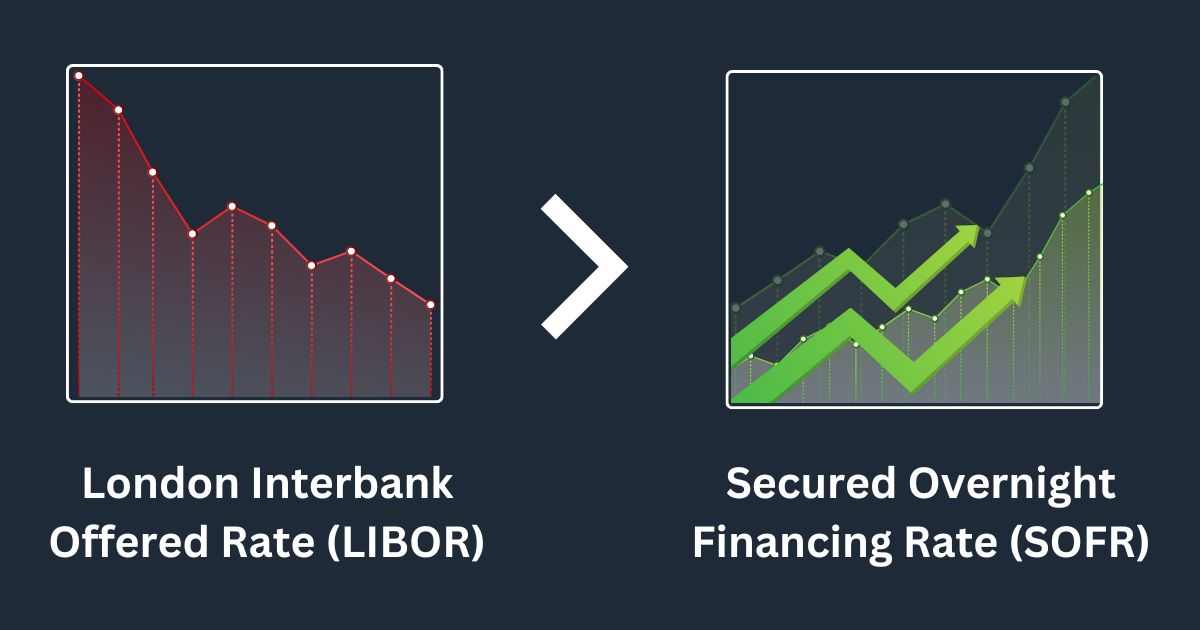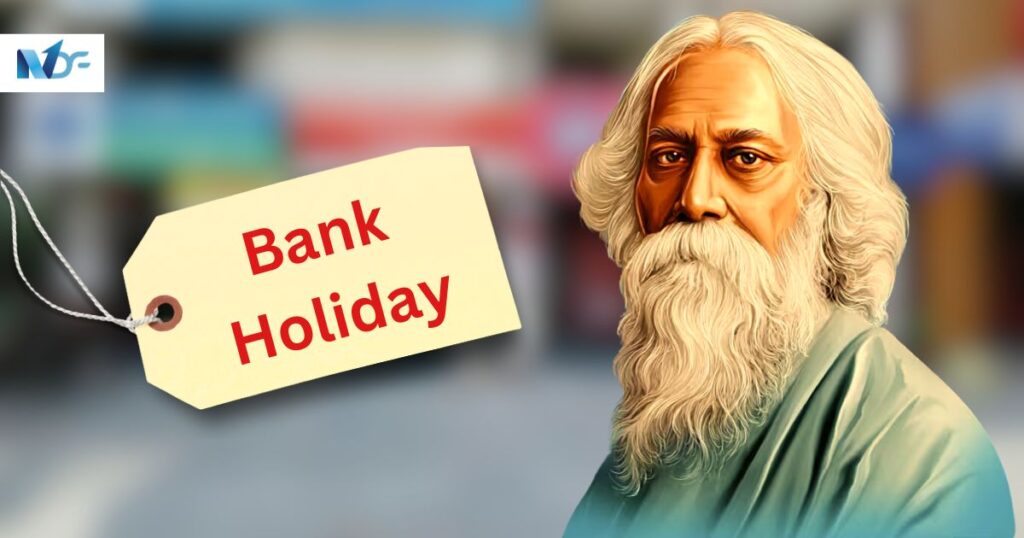The Finance Ministry on Sunday (March 31) issued a clarification amidst confusion over the new tax regime. Various income tax rules come into effect as we enter into the new year from April 1, 2024. Nevertheless, the government’s interim budget for FY 2024–2025 this year contained no revisions to the income tax laws. Hence, all income tax rules of the prior financial year are unchanged.
Through a post on X (earlier Twitter), the Finance Ministry clarified that there is no new change in the tax regime from April 1, 2024. The new tax regime has low rates but fewer exemptions and deductions.
It has come to notice that misleading information related to new tax regime is being spread on some social media platforms. It is therefore clarified that:
— Ministry of Finance (@FinMinIndia) March 31, 2024
👉 There is no new change which is coming in from 01.04.2024.
👉 The new tax regime under section 115BAC(1A) was… pic.twitter.com/DtKGkK0D5H
Taxpayers have the flexibility to choose between the old and new tax regimes based on their choices and financial conditions, with the option to opt out of the new regime until filing their return for Assessment Year 2024-25.
For each fiscal year, eligible persons without business income can switch between the old and new regimes.
In a post on X, the Ministry of Finance wrote,”It has come to notice that misleading information related to new tax regime is being spread on some social media platforms.”
The post said:
- There is no new change which is coming in from 01.04.2024.
- The new tax regime under section 115BAC(1A) was introduced in the Finance Act 2023, as compared to the existing old regime (without exemptions)
- New tax regime is applicable for persons other than companies and firms, is applicable as a default regime from the Financial Year 2023-24 and the Assessment Year corresponding to this is AY 2024-25.
- Under the new tax regime, tax rates are significantly lower, though the benefit of various exemptions and deductions (other than standard deduction of Rs. 50,000 from salary and Rs. 15,000 from family pension) is not available, as in the old regime.
- New tax regime is the default tax regime, however, taxpayers can choose the tax regime (old or new) that they think is beneficial to them.
- Option for opting out from the new tax regime is available till filing of return for the AY 2024-25. Eligible persons without any business income will have the option to choose the regime for each financial year. So, they can choose new tax regime in one financial year and old tax regime in another year and vice versa.
New Income Tax Slabs Under New Tax Regime:
| Income range (In Rs) | Income tax rate in Percentage |
| 0-3,00,000 | 0 |
| 3,00,001-6,00,000 | 5 |
| 6,00,001-9,00,000 | 10 |
| 9,00,001-12,00,000 | 15 |
| 12,00,001-15,00,000 | 20 |
| 15,00,001 and above | 30 |
Income tax slabs under old tax regime
| Income range (In Rs) | Income tax rate in Percentage |
| 0-2,50,000 | 0 |
| 2,50,001-5,00,000 | 5 |
| 5,00,001-10,00,000 | 20 |
| Above 10 lacs | 30 |
Taxpayers willing to opt for the old tax regime while filing their income tax return (ITR) this year, should ensure that they file the ITR before the July 31 deadline. This is due to the fact that income tax regulations permit an individual to choose the old tax regime only in cases when an ITR is timely submitted, with the new tax regime being the default option. Thus, if an individual files a belated ITR, then they will have no option but to choose the new tax regime.
Suggested Read: Maximizing Tax Benefits on Loan Against Property: A Complete Guide
Other important tax rules that taxpayers should know:
Reduced surcharge rate under the new tax system:
A high-income earning individual choosing the new tax regime will be required to pay a lower surcharge rate. The surcharge rate has been reduced to 25% from 37% for incomes of over Rs 5 crore under the new tax regime. However, if a taxpayer opts for the old tax regime, the surcharge rate will be 37%.
Deductions and tax exemptions available:
Both the tax regimes –old as well as new tax regimes come with certain deductions and exemptions. However, a taxpayer will find more tax exemptions and deductions in the old tax regime compared to the new tax regime. Some of the deductions available under the old tax regime are Section 80C – which provides deductions on various investments of up to Rs 1.5 lakh; Section 80D which offers tax deductions of up to Rs 25,000 for a premium paid for health insurance policy; Section 80CCD (1B) for additional investment in National Pension System (NPS).
Individuals can also get a deduction on interest paid on home loans for a maximum of Rs 2 lakh, a deduction on interest paid on education loans as well as deduction on donations made. Besides, under the old tax regime, a taxpayer can claim tax exemption on house rent allowance (HRA) and leave travel allowance (LTA).
The new tax regime provides just two deductions to individuals – A standard deduction of Rs 50,000 from salary and pension income and Section 80CCD (2) that allows for deductions related to contributions made by employers to their employees’ NPS accounts.
Family pensioners are also eligible for a standard deduction of Rs 15,000 in the new tax regime. These deductions were also allowed under the old tax regime.
Select between the old and new tax regimes:
Employees must select between the old and new tax regimes for TDS (tax deducted at source) on salaries; the new tax regime is the default choice. If a salaried individual fails to inform their employer that they want to opt for the old tax regime, their employer will deduct tax from salary income based on the new tax regime. Therefore, it is recommended for you to ask your employer to do this for you.
How Proper Understanding Of Tax Regime Is Crucial For SMBs:
Understanding the tax regime is crucial for not only salaried individuals but also small business owners.
Say for instance there is a small business owner, Mr. Sharma, who runs a manufacturing unit. In order to expand his business he is considering taking a business loan and decides to approach the leading fintech platform “OneNDF” – to seek the best loan options.
Now, let us see how understanding the tax regime is important for Mr. Sharma’s financial planning:
- Choosing the Right Tax Regime: Mr. Sharma needs to decide whether to opt for the old or new tax regime. If he chooses the new tax regime, he’ll benefit from lower tax rates but won’t be able to claim certain deductions. On the other hand, the old tax regime allows for more deductions but has higher tax rates.
- Impact on Loan Affordability: The choice of tax regime can significantly impact Mr. Sharma’s disposable income. If he opts for the new tax regime and pays lower taxes, he might have more funds available to service the loan. However, if he has significant expenses that are deductible under the old regime, sticking with the old regime might be more beneficial.
- Financial Planning: Understanding the tax implications helps Mr. Sharma plan his finances better. For instance, if he knows he’ll have more disposable income under the new tax regime, he might decide to take a slightly larger loan for expansion. Conversely, if he’s sticking with the old regime, he might be more conservative in his borrowing.
- Tax Savings and Investment: The decision also impacts how Mr. Sharma can use tax savings for further investment in his business. If he saves on taxes under the new regime, he might reinvest that amount back into his business, potentially leading to higher growth.
In this case, OneNDF not only provided the best loan options to Mr. Sharma but also helped him understand the financial implications of his tax regime choice. This holistic approach to financial services makes the understanding of the tax regime makes it easier for small business owners like Mr. Sharma to make the best decisions in their business expansion plans.
















